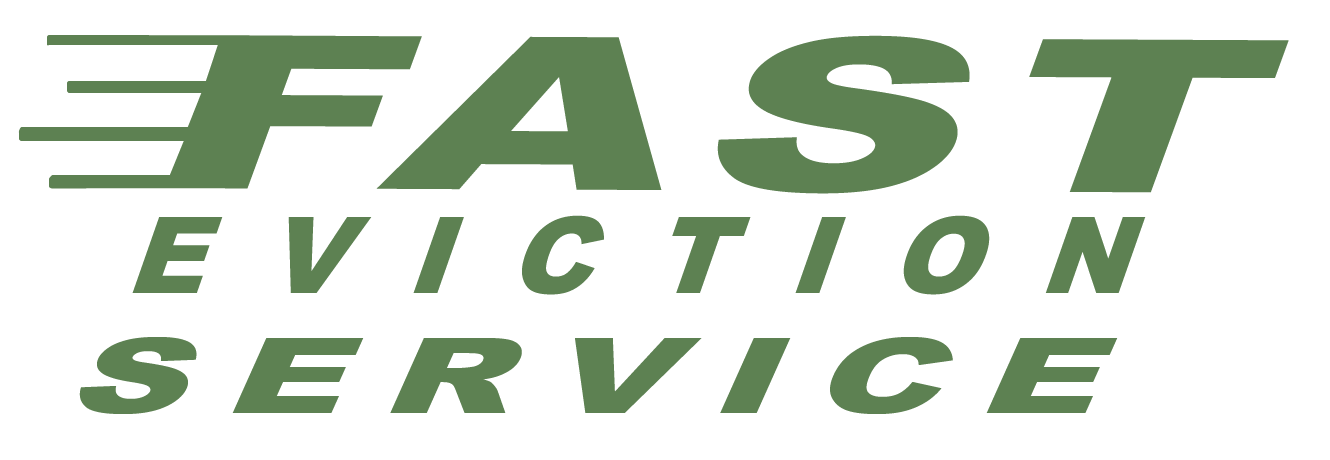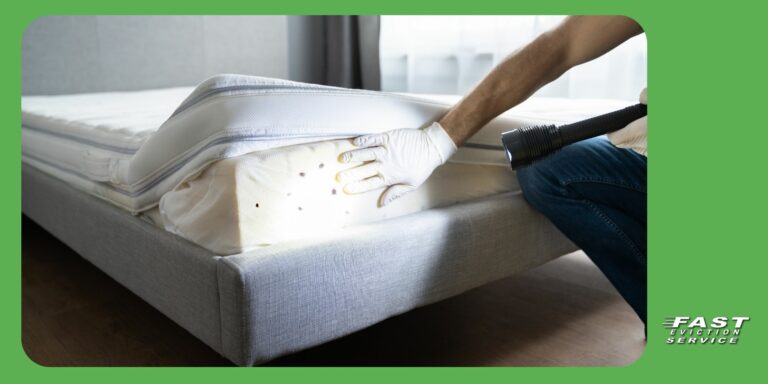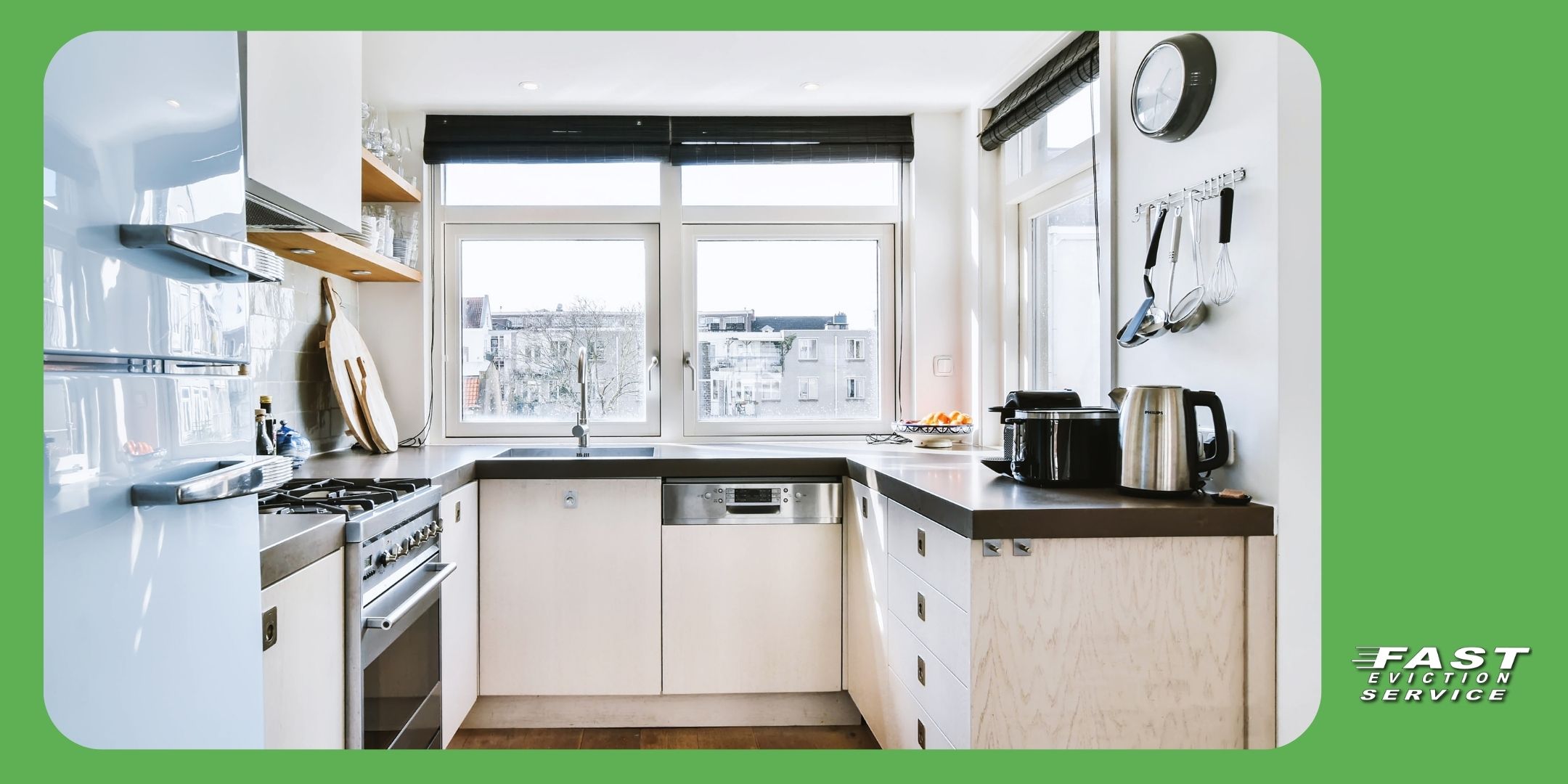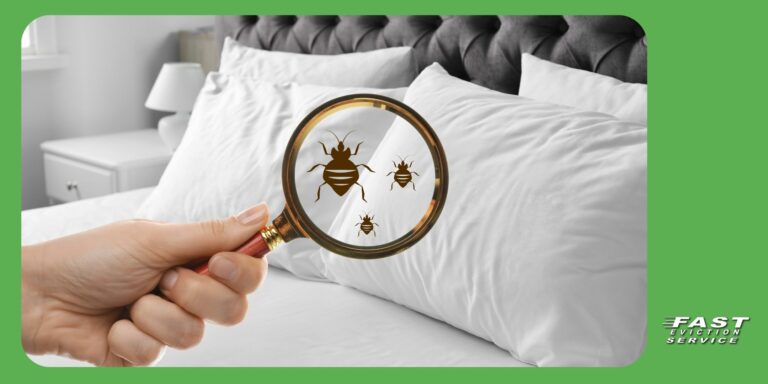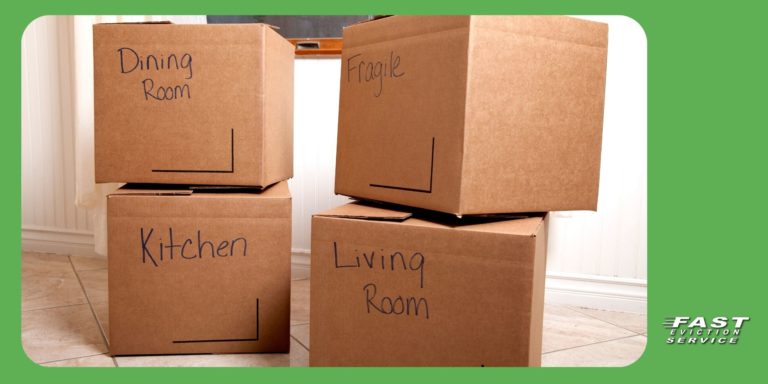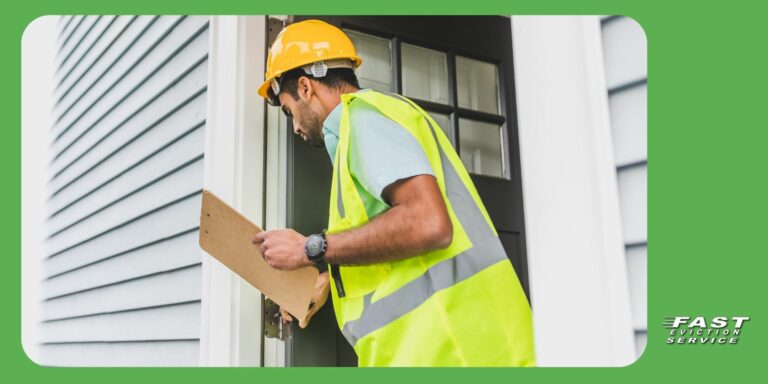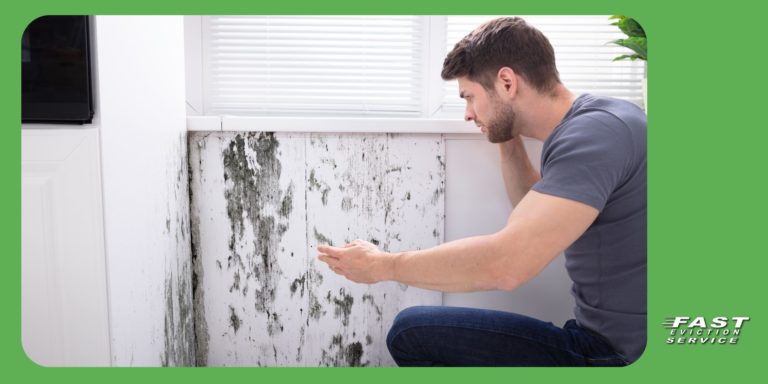You are represented at all times by one of our California Eviction Attorneys | 1-800-686-8686 | intake@fastevict.com | Se habla español
California Rental Safety: Your Guide to CO Detector Laws (SB 183 & More)

Carbon monoxide detectors are legally required in most California rental properties. This guide explains SB 183 compliance, installation standards, tenant responsibilities, and how landlords can avoid fines and legal risk.
